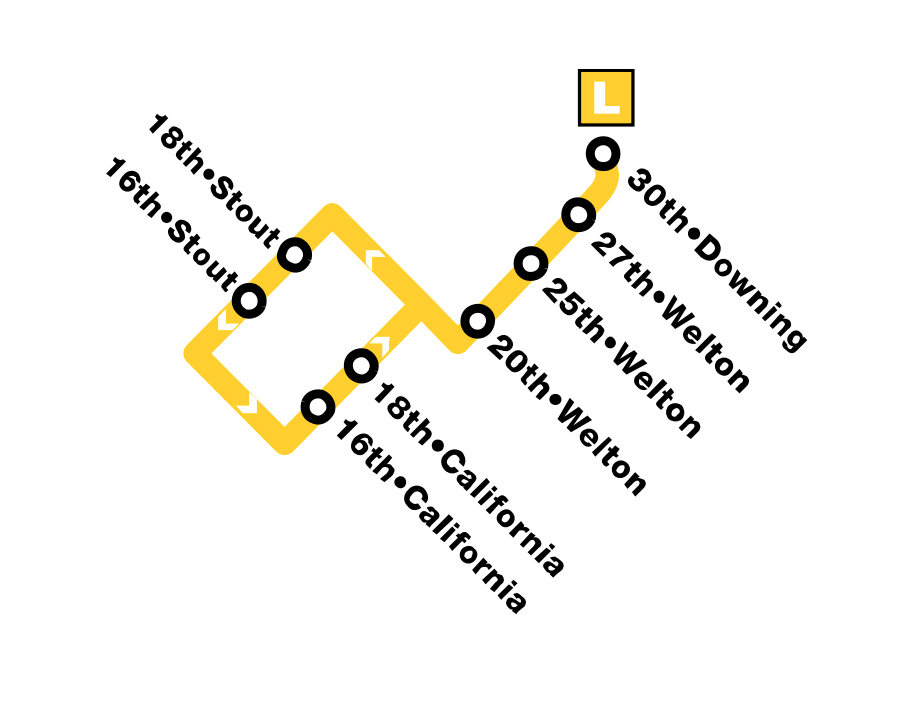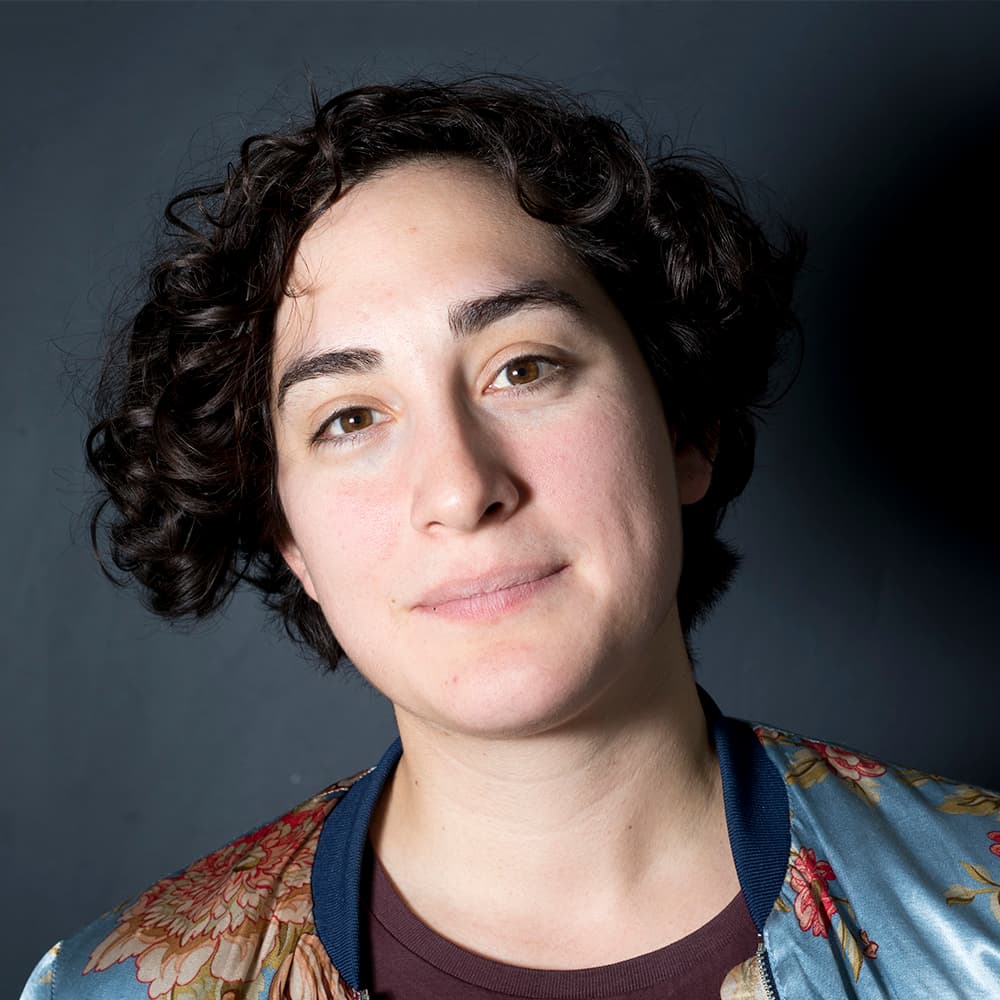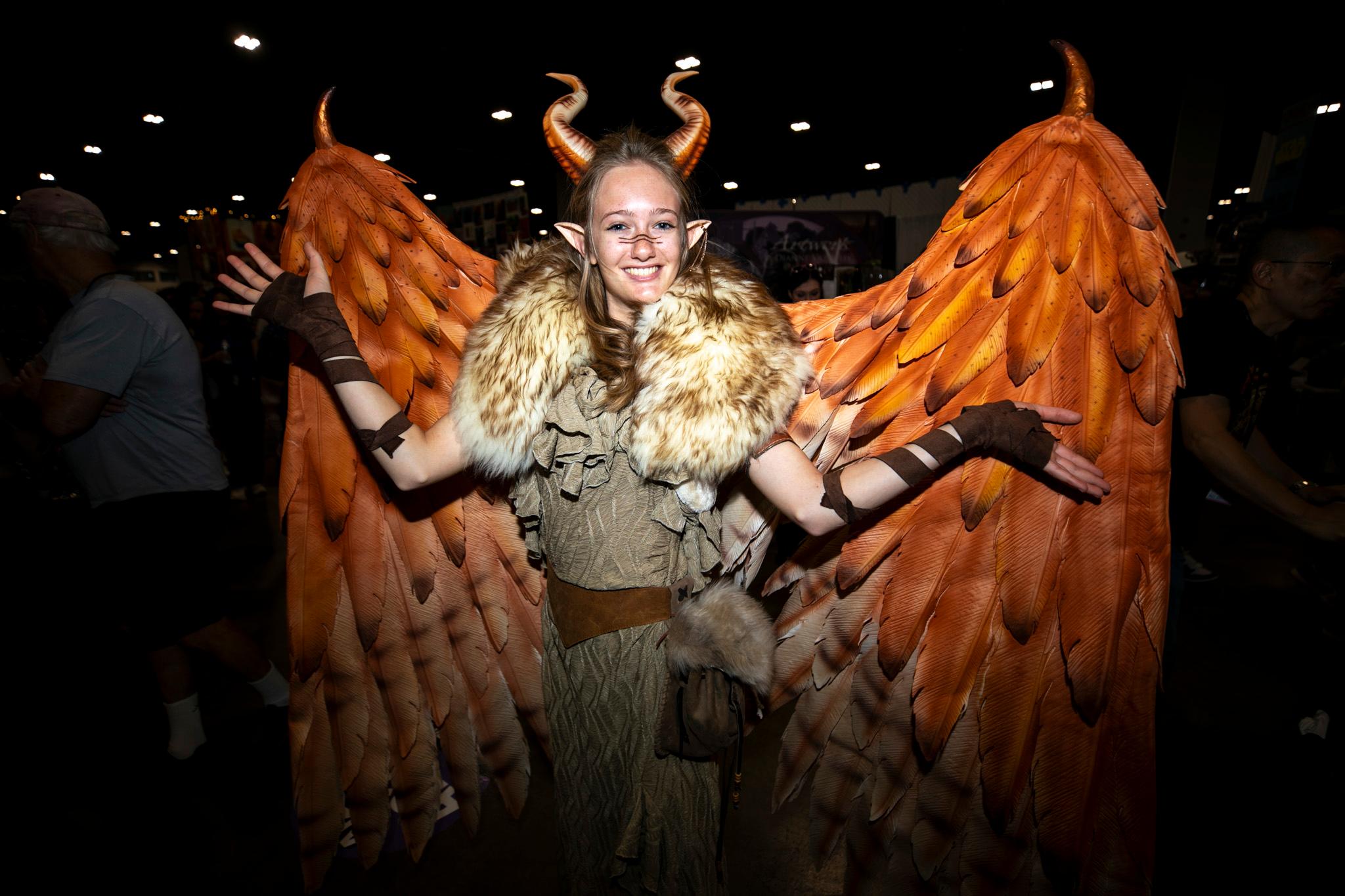
By next year, RTD wants to have a new light rail line operating that could save the agency up to $3.4 million annually. It's called the L Line.
And yeah, maybe the proposed light rail doesn't feel that new given its map, but there are actually a lot of changes wrapped up in this new downtown loop.
First, the L Line is designed to replace D Line between downtown and 30th & Downing. That means cutting off the last six stops of the D Line and installing some new infrastructure, like new signals at 14th and Stout.
"The good thing about this is there's very little infrastructure investment that we've had to put in," said RTD Spokesperson Nate Currey. "It already exists so we're basically just rerouting the train itself."
Trimming down the D Line supports another goal, which is to have the C Line replace the D Line as a "base of service." Since the C Line connects to Union Station, that line has seen higher ridership than the D Line anyway, according to the agency.
Currently, the C Line runs on a 30 minute interval, but RTD plans to make it run every 15 minutes instead. The D Line then shifts to become a bit more infrequent; weekday midday service moves from every 15 minutes to 30 minutes and peak service moves from every 10 minutes to every 15 minutes
The whole package -- C and D Line changes, plus the L Line -- means $1.3 to 3.4 million in savings annually, according to RTD. Essentially, it all becomes cheaper once the D Line isn't going through downtown and the new L Line has the opportunity to loop near the convention center.
"If something were to get stacked up there, we can't get trains through," Currey said of the current system. "If we were having an issue through that section, it held up a lot of other lines."
"We've got to deploy extra resources when there are issues like that. We have street supervisors that go out and make sure that people are asking properly at street crossings or that we're able to devote extra staff to the operation and command center," he said. "Lots of extra things that you don't necessarily see on the public side."
Still, the new loop has been years in the making. It was proposed as a part of FasTracks, the 2004 voter-approved system expansion/transit McGuffin for much of Denver's redevelopment. So naturally, that means we're not quite to the finished vision of this loop -- It's supposed to have new track to extend it all the way to the 38th and Blake station.
Nevertheless, RTD wants to proceed with this shorter loop quickly. The agency is already asking D Line riders for feedback on possible changes and working on an application to state Public Utility Commision, according to a RTD board update. Next, RTD hopes start working with Denver to coordinate when it can put in new signals.
Subscribe to Denverite’s newsletter here.
Transportation & real estate reporter Megan Arellano can be reached via email at [email protected] or @classydanger on Twitter.












